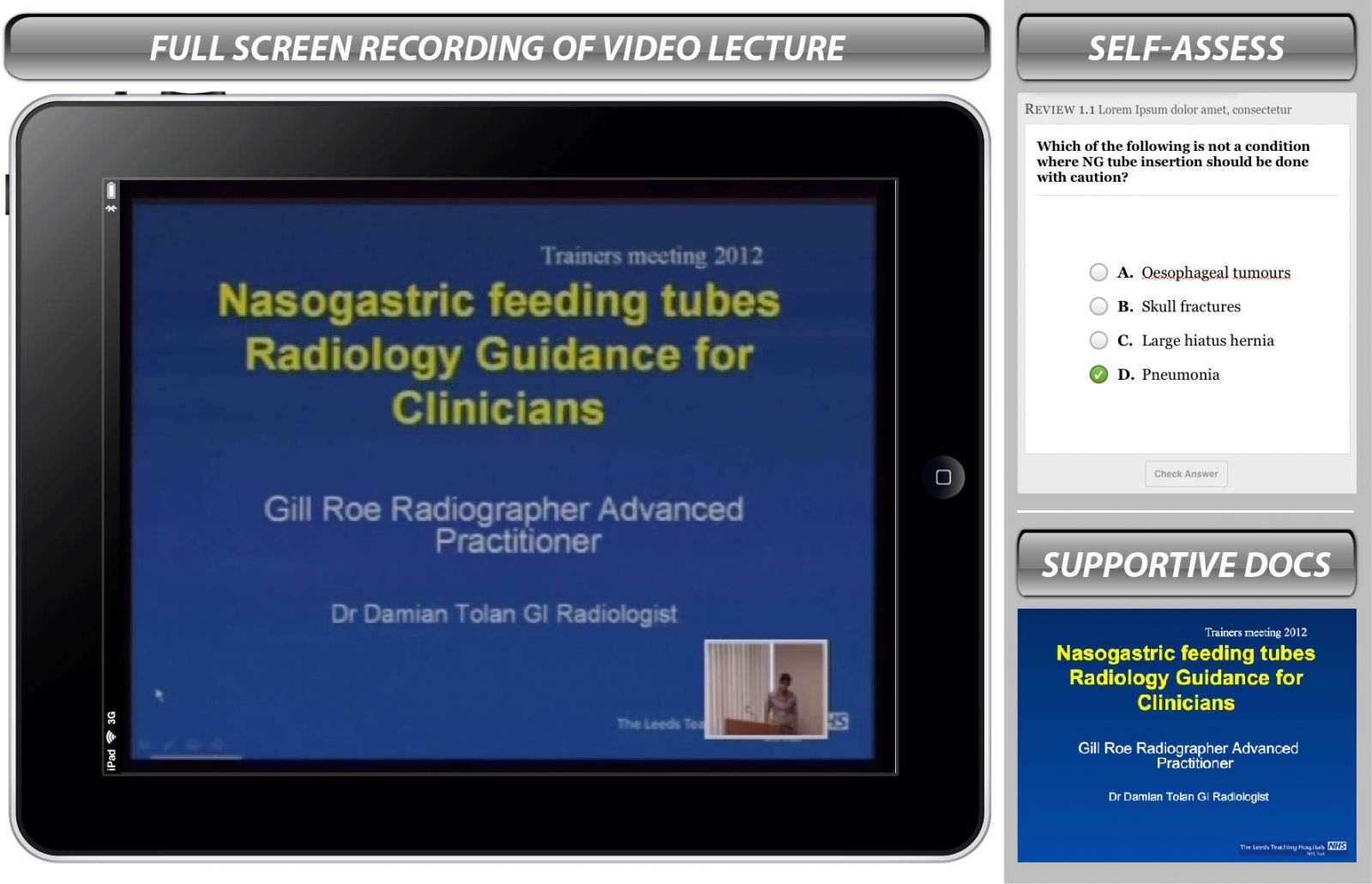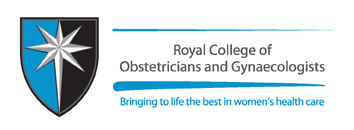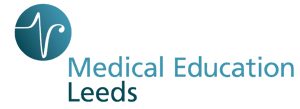


Theme
Mobile Learning
Category
Educational Resources
INSTITUTION
Leeds Teaching Hospitals NHS Trust
- Both trainers and trainees, have a positive attitude towards the future use of iBooks for educational purposes and would be more inclined to use a tablet computer if more content like the basic practical skills iBook was available
- Despite tablet sales growing 378% year on year, (Rogers, Paul, 2012) iBooks should currently be used as an optional alternative to existing course materials. We should continue to accommodate for those who do not have access to a tablet computer or lack technical competency until further accessibility and technical support becomes available
- Collaboration and knowledge sharing of experience between Trusts and educational facilities is paramount to the successful future implementation and diffusion of mobile technologies
- Those experienced in mobile technology should support their local informatics, I.T. and library services in overcoming the barriers and challenges posed by existing policies and infrastructure
- Support of current and future m-learning initiatives is crucial for the widespread adoption of mobile technologies within the NHS
Following the launch of iBooks author in 2012 Medical Education Leeds is currently developing iBooks (digital textbooks) for use as part of a blended learning approach to a variety of courses and skills training based on Medical Education Leeds’ ‘a framework for technology enhanced blended learning’.
The DH/Workforce (2012) state that "mobile technologies provide unprecedented, self-directed learning opportunities for healthcare professionals to acquire, develop and maintain the essential knowledge, skills, values and behaviours needed for safe and effective patient care".
- Technological applications must focus on equipping the workforce with the necessary skills for patient care (DH/Workforce, 2011)
- iBooks provide an accessible and engaging alternative to printed documentation and elements of face-to-face teaching
- iBooks provide a cost-effective solution to self-directed distance learning
- Mobile learning promotes collaboration, communication, sharing ideas and bridging contexts
- Rich media content is integral to creating an engaging product
- Capture everything. Share everything. Open everything. Only connect. (Pesce, 2012)
The development of iBooks involves streamlining existing content and replacing static images and text with custom created interactive features and video content mapped against our ‘framework for technology enhanced blended learning’. iBooks can host digitised traditional face-to-face materials, such as audio/video recordings of lectures, as well as presentation/hand-out content. Informal assessment interactions can be employed for users to test their learning throughout.

With reference to specific projects (e.g. the Royal College of Obstetricians and Gynaecologists Basic Practical Skills (BPS) Manual), early results taken from doctors - specialising in Obstetrics and Gynaecology with previous experience as a trainer or a trainee on the Basic Practical Skills course – indicate a positive attitude towards the use of iBooks to support future didactic teaching.
"it is hoped that the ibook with its interactive learning elements available as pre-course preparation, will reduce the length of the course from 3 days to 2. This allows for a reduction of the time away from the workplace by the trainees, without any loss in learning (Royal College of Obstetrics and Gynaecology, 2012)
Despite the positive outlook on the use of iBooks for education, almost half of the Obstetrics and Gynaecology doctors who responded to the iBook concept evaluation survey (see below) were unsure if iBooks were easily available. I consider this unsurprising as 80% of the local library/information services staff who completed the m-libraries survey (see 'more detail) were not currently involved in any projects or new initiatives utilising mobile technologies.


![]()
- DH/Workforce. (2011). A Framework for Technology Enhanced Learning . Best Practice Guidance, Department of Health, London.
- Pesce, M. (2012, March 6). Will OpenSource Concepts Define Education in 21st Century? Retrieved August 7, 2012, from Classroom Aid: Connecting dots for digital learning and teaching: http://classroom-aid.com/2012/03/06/will-opensource-concepts-define-education-in-21st-century/
- Rogers, Paul. (2012, March 30). 2012 Mobile Internet Usage Statistics. Retrieved August 10, 2012, from GPMD: 2012 Mobile Internet Usage Statistics
-
Royal College of Obstetrics and Gynaecology. (2012, June 15). London.
iBook concept evaluation tool was adapted from
-
Wang, Y.-S., Wang, H.-Y., & Shee, D. Y. (2007). Measuring e-learning systems success in an.Computers in Human Behavior, 1792–1808.
Mobile libraries survey
- JISC, m-Libraries Support Project. (2012, August 10). Supporting the m-library community.
.png)
 Send Email
Send Email